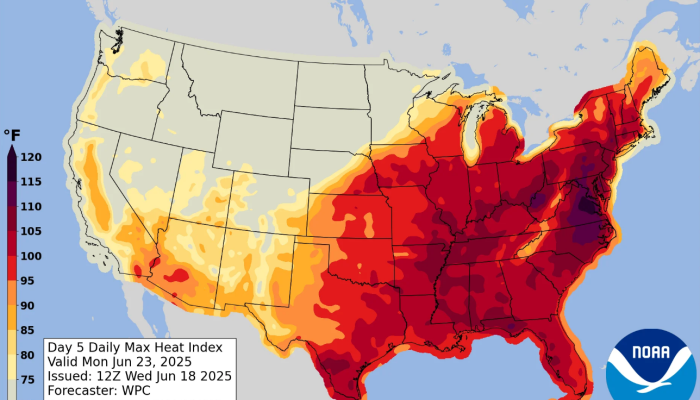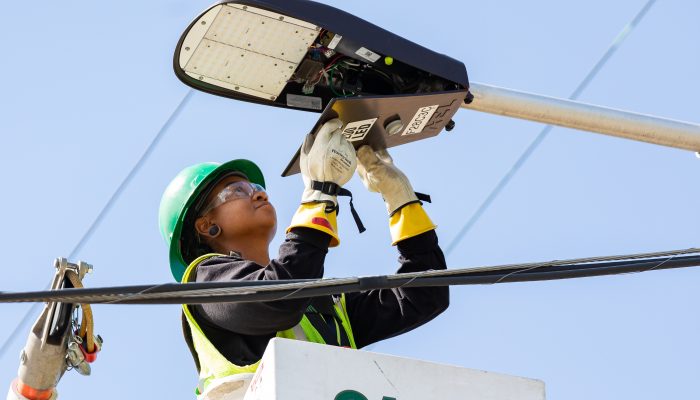In June 2025, a major heat wave hit the East Coast, breaking temperature records. During heat waves and hot days like this, we often use, or “demand,” more electricity for activities such as running air conditioners and other appliances. When we all use a lot of electricity at once, this can:
- Strain the electric grid, which helps deliver power to everyone. This can lead to power interruptions like blackouts.
- Make supplying enough electricity to buildings very expensive. To meet energy demand, the electric grid may need to turn on older back-up power plants, which come with higher costs and greater pollution.
A good way to avoid these impacts is to reduce how much electricity we use. The Demand Response Program can help the City achieve this.
The Demand Response Program pays organizations to use less electricity during times of high demand, rather than pay power plants to generate more. In Philadelphia, several municipal buildings participate in this program. They include the Philadelphia International Airport, large office buildings including City Hall and the One Parkway Building, and wastewater treatment plants.
The June 2025 heat wave pushed our region’s electric grid to its limits. In response, our grid operator called on eight participating municipal buildings to reduce energy use. The Office of Sustainability’s (OOS) Division of Energy and Climate Solutions worked with other City departments to reduce electricity use in these buildings by:
- Lowering air conditioning use.
- Turning off unnecessary lighting.
- Operating only critical systems.
- Powering water department facilities with biogas produced from the wastewater treatment process.
During the June heatwave, demand on our region’s electric grid reached its highest level since 2011. The Demand Response Program was key to keeping the lights on for everyone.
With climate change, heat waves like the one in June will happen more often in Philadelphia. OOS will continue to work with other City departments to make sure we can keep residents cool while keeping the power on during future heat emergencies.




